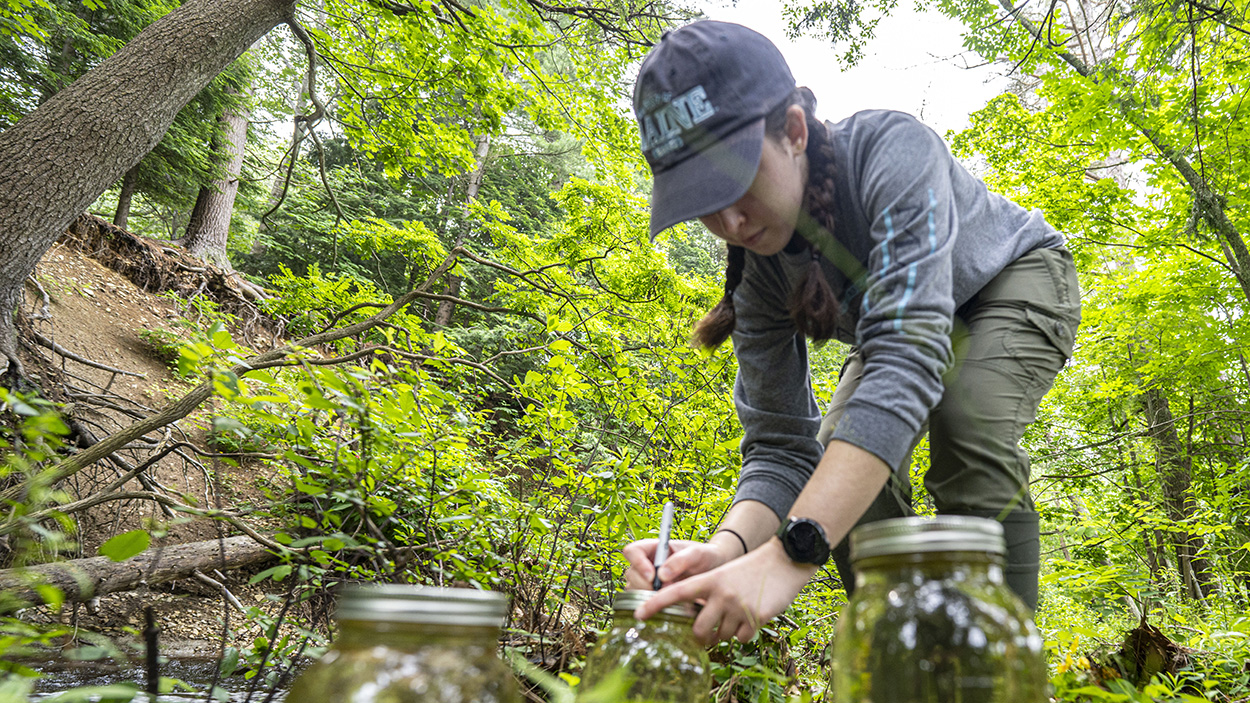
Achieving breakthroughs in predicting PFAS absorption in microplastics
UMaine’s PFAS+ Initiative unveils a model for predicting the contaminant’s absorption in microplastics, leading to innovative solutions for water pollution.
The University of Maine’s PFAS+ Initiative developed a novel model for predicting the absorption of per- and polyfluoroalkyl substances (PFAS) by microplastics in 2023.
PFAS are human-made chemicals linked to a growing list of medical concerns and can bioaccumulate in plants, animals and people. They have been used widely in industrial and consumer products since the 1940s for their resistance to grease, oil, water and heat, characteristics that also make them persistent pollutants.
The model developed at UMaine marks a significant breakthrough for efforts that aim to address this challenge, as microplastics in rivers, lakes, and oceans can absorb toxic substances, including PFAS, posing risks to ecosystems and human health.
A team of researchers, led by UMaine, designed a model that predicts the interaction between various types of microplastics and PFAS in freshwater and saltwater environments. This model reveals how different factors, such as the characteristics of microplastics and the water’s chemical composition, influence the absorption process.
Dilara Hatinoglu, a Ph.D. student in civil and environmental engineering at UMaine, played a pivotal role in this work. Her research was guided by her adviser, Onur Apul, assistant professor of environmental engineering at UMaine, and François Perreault, associate professor at the Arizona State University School of Sustainable Engineering and the Built Environment.
The team’s findings streamlined the process of assessing PFAS absorption by microplastics and opened avenues for developing more effective water treatment solutions. Their research revealed several crucial insights, such as the absorption rates of long-chain PFAS by polystyrene microplastics and the various absorption mechanisms in different water types.
The success of this project showcases the collaborative efforts undertaken by the UMaine PFAS+ Initiative. The initiative, steered by a multidisciplinary team of experts, aims to address the growing PFAS pollution crisis through innovative research and solutions.
